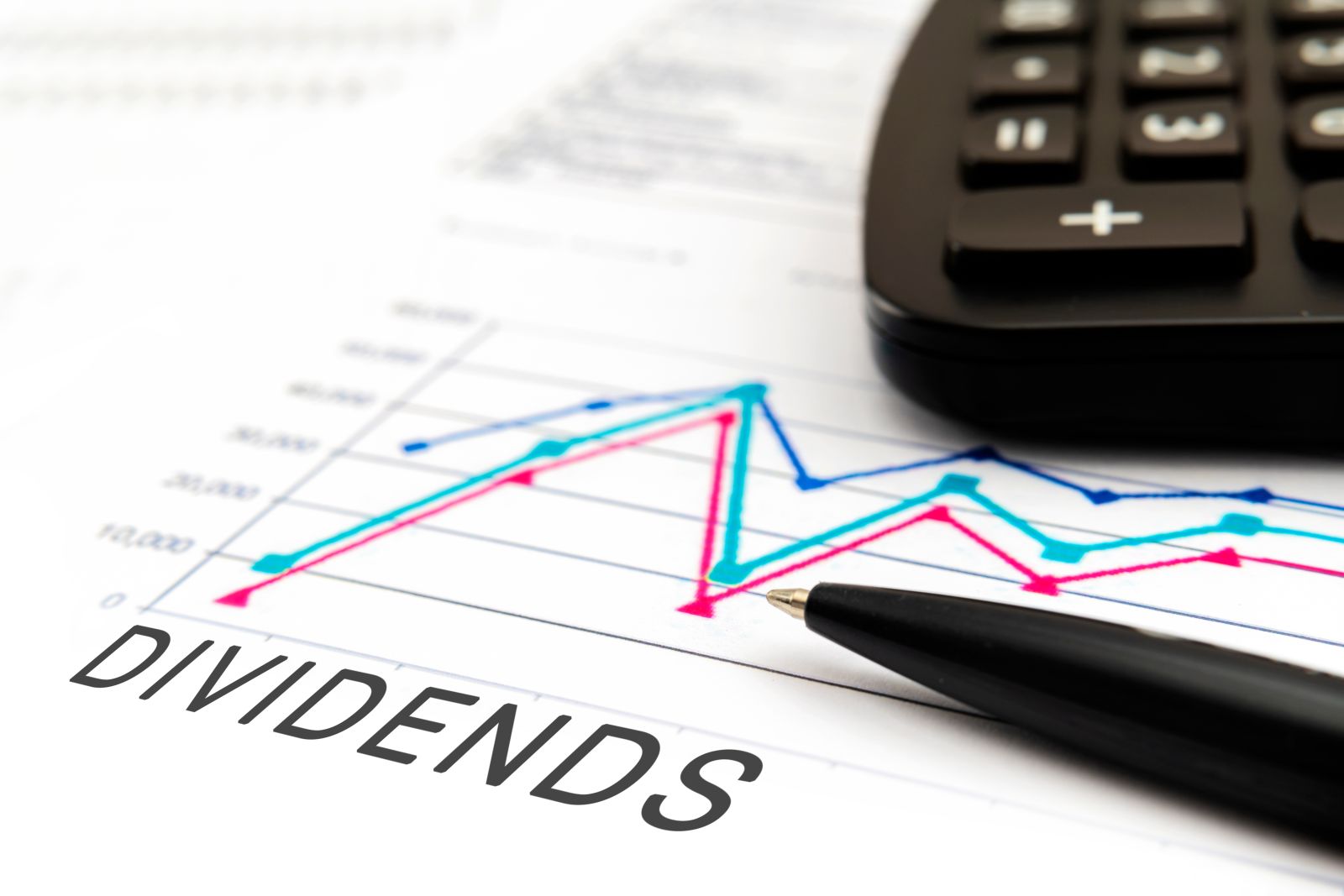
The base metals sector of the commodities market includes copper, aluminum, nickel, lead, zinc, and tin. Copper is the leading nonferrous metal, and aside from the LME forward market, the red metal also trades on the CME’s COMEX division in the futures market. Copper closed Q3 2022 at $3.4125 and reached as low as $3.31 on the nearby futures contract in Q4 before moving higher. Many of the base metals follow copper’s lead.
In my Q3 report on the base metals in Barchart, I wrote, “I believe a scale-down buying approach, leaving plenty of room to add on further declines, is the optimal strategy for base metals over the coming months and years.”
Base metals moved 17.28% higher in Q4 and were 6.16% lower for 2022.
Copper and aluminum post gains in Q4
LME three-month copper forwards rallied 10.74% in Q4 2022.

The chart shows the move from $7,560 at the end of Q3 to $8,372 per ton on December 30, 2022. In 2022, copper forwards posted a 13.87% loss after trading to a new record peak of $10,845 per ton in March. Meanwhile, nearby COMEX copper futures moved 11.66% higher in Q4 and were 14.63% lower in 2022.
LME three-month high-grade aluminum forwards rallied 9.99% in Q4 2022.

The chart highlights the move from $2,162 at the end of Q3 to $2,378 per ton on December 30, 2022. In 2022, aluminum forwards declined 15.30% after trading to a new record peak of $4,073.50 per ton in March.
Nickel leads the way higher- Zinc posts a marginal gain
LME three-month nickel forwards were the best-performing base metal in Q4 2022, with a 42.34% gain. Nickel also posted the most significant gain in the commodities asset class over the past three months.

The chart illustrates the rally from $21,107 at the end of Q3 to $30,048 at the end of 2021. Nickel forwards gained 44.76% in 2022. Since Russia is a leading nickel producer, the price rose to $101,365 per ton in March, but the LME adjusted the price lower because of the problems caused by a Chinese nickel producer with a substantial short position.
LME three-month zinc forwards edged 0.15% higher in Q4 2022, making zinc the worst-performing base metal for the period.

The chart shows the price action in cash zinc, but the three-month forwards moved from $2,968 at the end of Q3 to $2,972.50 per ton on December 30, 2022. In 2022, zinc forwards declined by 15.89%. Cash zinc reached its highest price since 2006 in March at $4,563.05 per ton.
Tin and lead moved over 20% higher for the quarter
LME three-month tin forwards moved 20.23% higher in Q4 2022.

The chart highlights the move from $20,634 at the end of Q3 to $24,808 per ton on December 30, 2022. In 2022, tin forwards declined 36.16% after trading to a new record peak of $51,000 per ton in March.
LME three-month lead forwards moved 20.18% higher in Q4 2022.

The chart shows the three-month forwards moved from $1,908 at the end of Q3 to $2,293 per ton on December 30, 2022. In 2022, lead forwards edged 0.48% lower. The three-month lead reached the highest price since 2011 in March at $2,700 per ton.
LME stocks- A warning for supplies
While LME aluminum and nickel inventories moved higher in Q4, the other metals experienced stockpile declines:
- LME copper stocks dropped 46,325 tons or 34.3% in Q4
- LME aluminum inventories moved 117,550 tons higher or 35.3% in Q4
- LME nickel stockpiles increased 2,718 tons or 0.51% in Q4
- LME lead stocks fell 7,600 tons or 23.2% in Q4
- LME zinc inventories dropped 21,600 tons or 40.3% in Q4
- LME tin stocks decreased 2,085 tons or 41.1% in Q4
Aluminum stocks have been steadily falling over the past years. The declines in copper and zinc stocks were substantial and could lead to deficits in the copper market in 2023 and beyond.
DBB tracks copper, aluminum, and zinc prices
The most direct route for a risk position in the nonferrous metals is via the LME forwards and options. However, since they all tend to move in the same direction, the Invesco DB Base Metals Fund (DBB) holds a portfolio of the three most actively traded base metals; copper, aluminum, and zinc. The fund summary states:

At $19.45 on December 30, 2022, DBB had $255.505 million in assets under management. The ETF trades an average of 189,623 shares daily and charges a 0.77% management fee.

The chart shows in Q4, DBB moved from $17.90 to $19.45 per share or 8.66%. In 2022, the ETF was 12.62% lower as it closed at the $22.26 per share level at the end of 2021. The ETF underperformed the base metals sector in Q4 and 2022 because of the significant move in nickel prices, which were up more than 40% for the quarter and 2022.
As we move into 2023, the short-term path of least resistance in the base metals is higher. Many of these metals are critical for green energy initiatives, which will likely support the prices. Moreover, as China emerges from its COVID-19 lockdowns and protocols, economic growth in the world’s leading base metals-consuming country could cause rallies. I am bullish on the prospects of the nonferrous metals sector heading into 2023. Prices were slightly lower during the first week of the new year.
More Metals News from Barchart
- U.S. Labor Market Strength and Hawkish Fed Comments Hammer Stocks
- Dollar Slips on Lower T-Note Yields and Strength in Stocks
- Stocks Rally Ahead of the FOMC Meeting Minutes
- Unusual Options Activity for Sibanye Gold (SBSW) Points to a Solid Opportunity
On the date of publication, Andrew Hecht did not have (either directly or indirectly) positions in any of the securities mentioned in this article. All information and data in this article is solely for informational purposes.



/AI%20(artificial%20intelligence)/AI%20engineer%20working%20on%20laptop%20by%20ART%20STOCK%20CREATIVE%20via%20Shutterstock.jpg)

